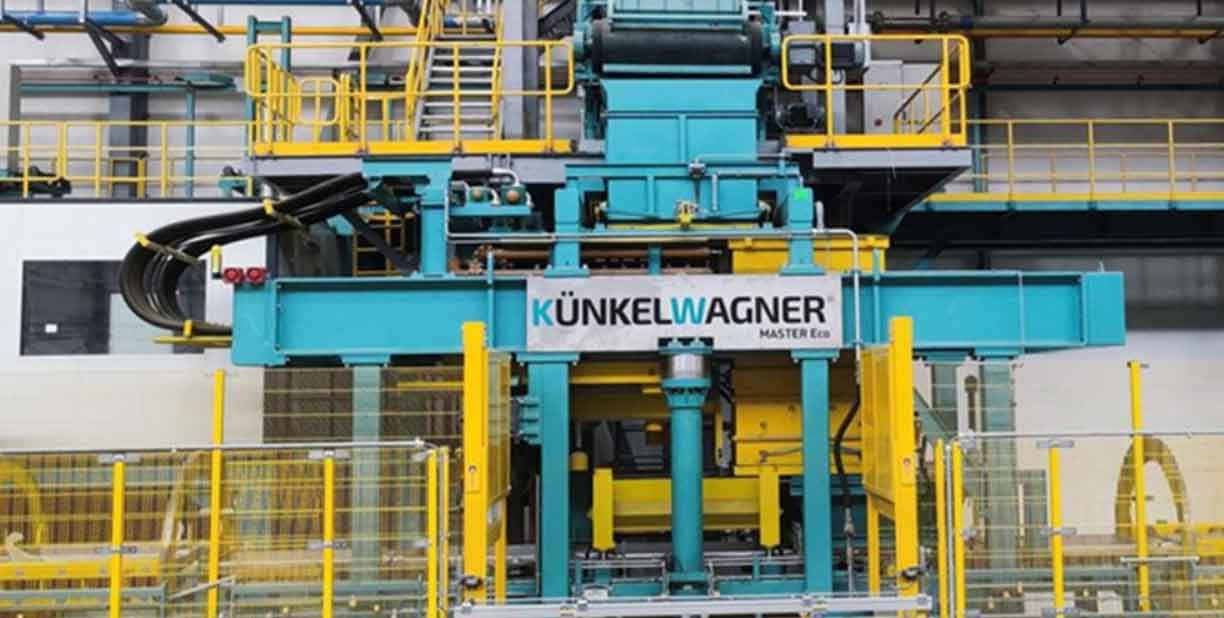
Digital technology is dramatically transforming traditional sand casting processes, making them more efficient, accurate, and cost-effective. This integration of technology affects various stages of sand casting process from design to final inspection, and has significant implications for productivity, quality, and environmental impact. Here’s a detailed look at how digital technology is impacting traditional sand casting processes:
1. Design and Simulation
- Computer-Aided Design (CAD): CAD software allows for precise and flexible design of molds and casting process. This technology enables rapid prototyping, modifications, and optimizations before the actual sand casting process begins.
- Simulation Software: Advanced simulation tools such as computer-aided engineering (CAE) programs can predict how the molten metal will flow and solidify within the mold, helping to identify potential issues like air entrapments or cold shuts before they occur. This reduces waste and improves the quality of the final product.
2. Pattern and Mold Making
- 3D Printing: Digital technology facilitates the use of 3D printing to create patterns and even sand molds directly. This can drastically reduce the time and cost associated with traditional pattern making, allowing for complex geometries that were previously difficult or impossible to achieve.
- Automated Mold Making: CNC machines and robotics can be employed to automate the mold-making process, increasing precision and reducing labor costs.
3. Mold Filling and Solidification
- Real-Time Monitoring: Sensors and monitoring technologies can track the mold filling and solidification processes in real time, allowing for adjustments to be made on the fly to optimize sand casting conditions. This leads to better control over quality and reduces the incidence of defects.
- Process Control Software: Integrating software that controls the pouring temperature, rate, and cooling can further refine the process, ensuring consistent and optimal results.
4. Quality Control
- Digital Inspection Tools: Technologies like X-ray imaging, computed tomography (CT), and 3D scanning provide non-destructive ways to inspect sand casting process for internal and external defects. This technology is much faster and more detailed than traditional inspection methods.
- Data Analytics: The use of big data analytics can help in understanding patterns of defects and process inefficiencies, leading to better predictive maintenance and process improvements.
5. Maintenance and Troubleshooting
- Predictive Maintenance: IoT (Internet of Things) devices can monitor equipment conditions and predict when maintenance is needed, preventing unexpected downtimes and prolonging the lifespan of machinery.
- Digital Twins: Creating a digital twin of the casting process allows for virtual troubleshooting and optimization experiments without interrupting physical production, saving both time and resources.
6. Environmental Impact and Sustainability
- Resource Optimization: Digital tools help optimize the use of materials and energy, reducing waste and emissions. For instance, precise control over raw materials and energy usage decreases the environmental footprint of sand casting process.
- Waste Management: Advanced sorting and recycling technologies driven by digital systems can enhance the recovery and reuse of sand and other casting materials.
7. Supply Chain and Logistics
- Blockchain: The use of blockchain technology can improve the transparency and traceability of materials, ensuring compliance with environmental and safety standards throughout the supply chain.
- Smart Logistics: Digital technologies enable more efficient logistics planning, reducing transportation costs and time by optimizing routes and load management.
The impact of digital technology on the sand casting industry is profound, driving significant improvements in efficiency, quality, and sustainability. These advancements not only enhance the capabilities and competitiveness of sand casting operations but also align them with modern manufacturing trends toward greater automation and data-driven decision-making.
